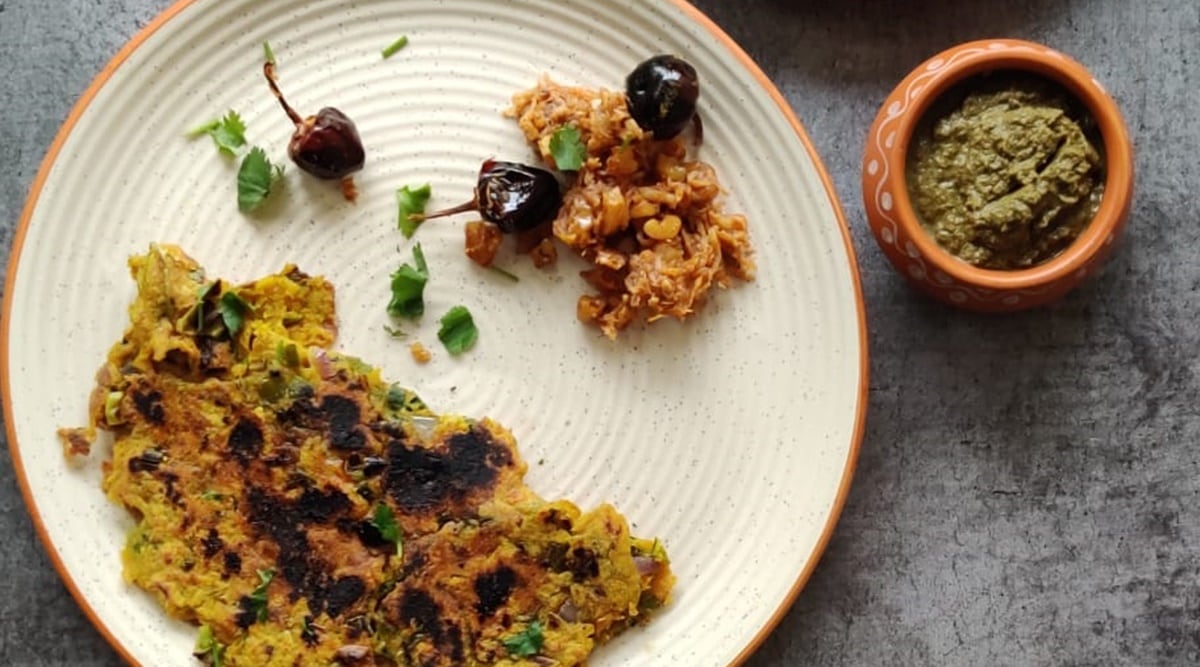
I have been asked many times if I can share some hacks as to how to make perfect Sindhi dodoh with gluten-free flours. This column is dedicated to my gluten-sensitive friends who want their everyday comfort meals with millets. Dodoh is ideal for a chilly winter morning, with a hot cup of kaada or tea.
It is extremely good for your gut. I always try to add seasonal veggies to my millet meals. There are, however, a few dos and don’ts that people need to know. Before I proceed, here are a few tips.
1. Learn about two-fist portions. If a dodoh meal exceeds two fists, start adding many winter veggies. Green garlic is my go-to ingredient. Like mint is for summers, green garlic is mandatory for winters.
2. Although mixing flour is not recommended, once in a while it is okay to use or mix cornmeal, pearl millet flour or even brown rice flour with your dodoh. I have enjoyed making dodoh with barnyard millet flour (freshly milled at home).
3. Always knead with warm or lukewarm water. Gluten free flours need some treatment and this helps the flour bind well.
4. Whatever veggies you are adding, hand-pound them so that their juices are released. This will make your dodoh much more flavourful.
5. Always spread the dough directly on the pre-heated and well-greased cast iron griddle. There is something about the little burnt, crisp and densely-textured dodoh.
6. Once done, cover it. I have used a heavy cast iron griddle. Any heavy base is good.
7. I have used the rolling pin to make it thinner. Although you can avoid this step, it is worth doing if you love thin dodoh. Just dunk them in your favourite dip or plain yogurt.
[“source=indianexpress”]



